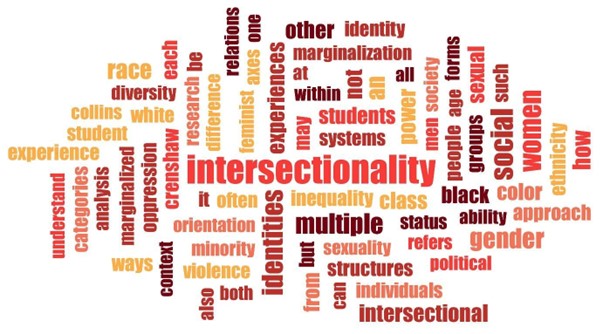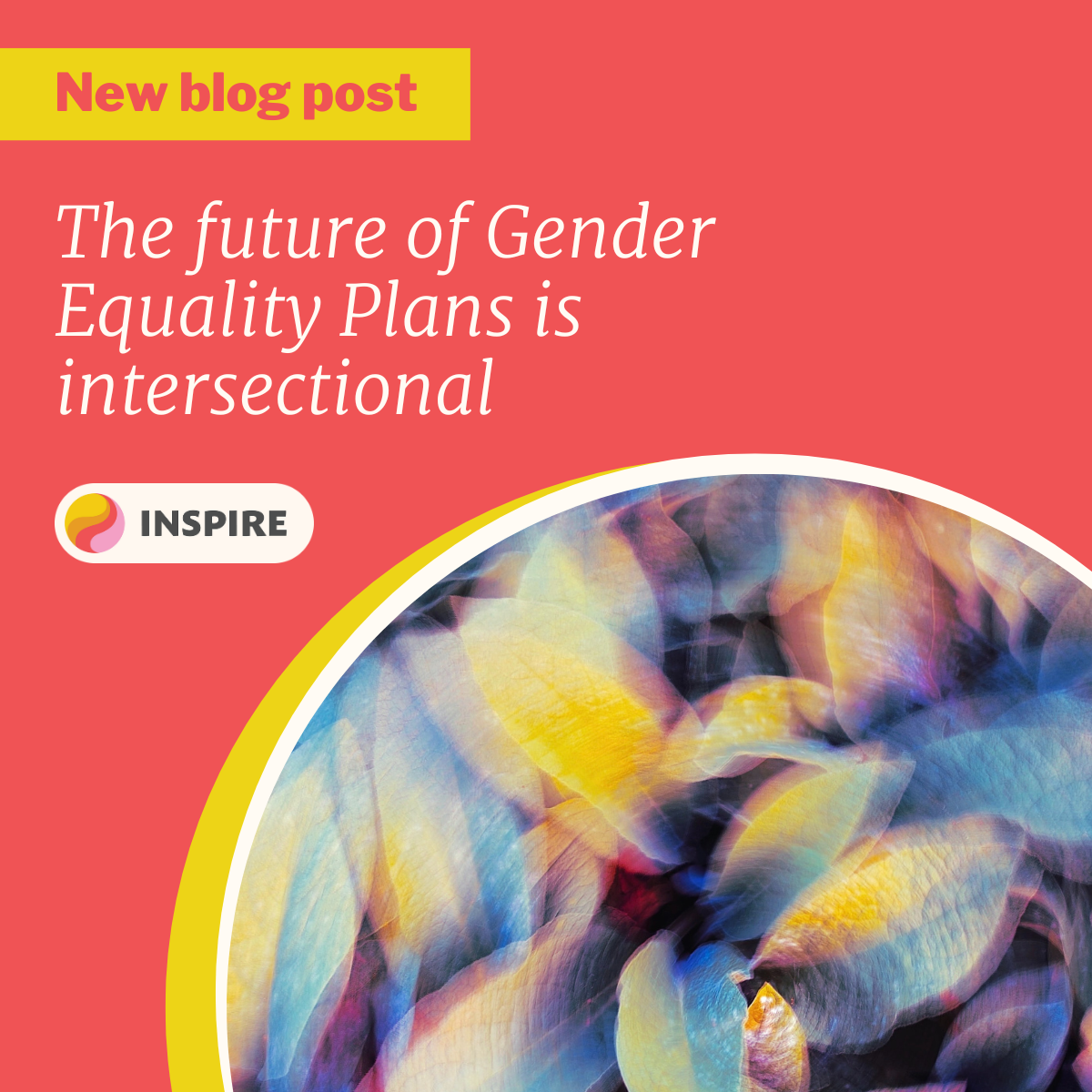Tackling gender inequality has been high on the European Union’s agenda from its origins. In 2022, to advance gender equality in Research and Innovation (R&I), the European Commission made EU funding to universities, research institutes and the private R&I sector conditional on having a Gender Equality Plan (GEP). GEPs are a set of formalised commitments and actions that aim to promote gender equality in an organisation through a process of structural change[1]. Despite progress, R&I still shows a ‘leaky pipeline’: the share of women in subsequent career stages declines. While women represent 59% of graduate students, they drop to 48% of PhD students from which 22% in STEM, 33% of post-doctoral researchers and represent only 26% of full professors[2].
Today, the European Commission wants to take the next step. It aims to make its equality policy in R&I more inclusive to combat inequalities grounded in multiple forms of discrimination and oppression including sexism, racism, ableism and homo- and transphobia. Accordingly, one of the main goals of INSPIRE, Europe’s Centre of Excellence on Inclusive Gender Equality in Research and Innovation (R&I), is to develop knowledge and tools informed by an intersectional approach.

Intersectionality is a theory, methodology and analytic tool that exposes the interlocking systems of oppression and privilege, power relations and social inequalities that occur along multiple axes, including but not limited to gender, ethnicity and race, social and economic status, sexuality, disability and age. It highlights the interlocking nature of inequalities at the individual, interpersonal and structural level. Coined by Black feminist and civil rights scholar Kimberlé Crenshaw over three decades ago[3], intersectionality pointed to how the feminist movement and the Civil Rights Movements in the US had historically failed to include the experiences of Black women with specific – intersecting – forms of sexism and racism, as they were grounded, respectively, in the experiences of white (middle-class) women and black men[4][5]. Today, intersectionality accordingly stands for the complexity of the lived experiences of those who are minoritized on the basis of multiple, overlapping identities and how these identities are inseparable in the way they experience oppression and discrimination.
An intersectional approach to equality policy will be more effective than existing gender as well as diversity, equality and inclusion policies, which separately address forms of discrimination in R&I organisations based on one single axis of power. To ensure a European Research Area that is truly inclusive, INSPIRE wants to develop intersectional approaches and policy tools aiming:
- to expose the power relations from which both privileges and discriminations result dependent on the context;
- to cover the discriminatory experiences of those who yet remain invisible in the equality policies of R&I;
- to design and implement equality policies that leave no one behind.
To build such an approach, INSPIRE will draw on the existing scientific literature and recently formulated guidelines to an intersectional approach to R&I, such as the Athena SWAN and the Australian Gender Equality Action Plans. It will further conduct empirical research on intersectional equality policies and plans in 10 R&I organisations across Europe. INSPIRE will generate scientific knowledge on how to conceive, design and govern intersectional GEPs which will inform a toolkit and training that R&I organisations can use to make their Gender Equality Plans truly intersectional.
[1] European Commission. (2021). Horizon Europe Guidance on Gender Equality Plans.
[2] Directorate-General for Research and Innovation (European Commission). (2021). She figures 2021: Gender in research and innovation: Statistics and indicators. Publications Office of the European Union. https://data.europa.eu/doi/10.2777/06090
[3] Crenshaw, K. (1989). Demarginalizing the Intersection of Race and Sex: A Black Feminist Critique of Antidiscrimination Doctrine, Feminist Theory and Antiracist Politics. University of Chicago Legal Forum, 1989, 139. See also Sojourner Truth’s speech “Ain’t I a Woman’, 1851; Anna Julia Cooper’s book “A voice from the South”, 1892
[4] Collective, C. R. (1983). The Combahee river collective statement. Home Girls: A Black Feminist Anthology, 1, 264–274.
[5] hooks, bell. (1981). Ain’t I a Woman: Black Women and Feminism.
By: Joanna Beeckmans, PhD Student, Hasselt University




